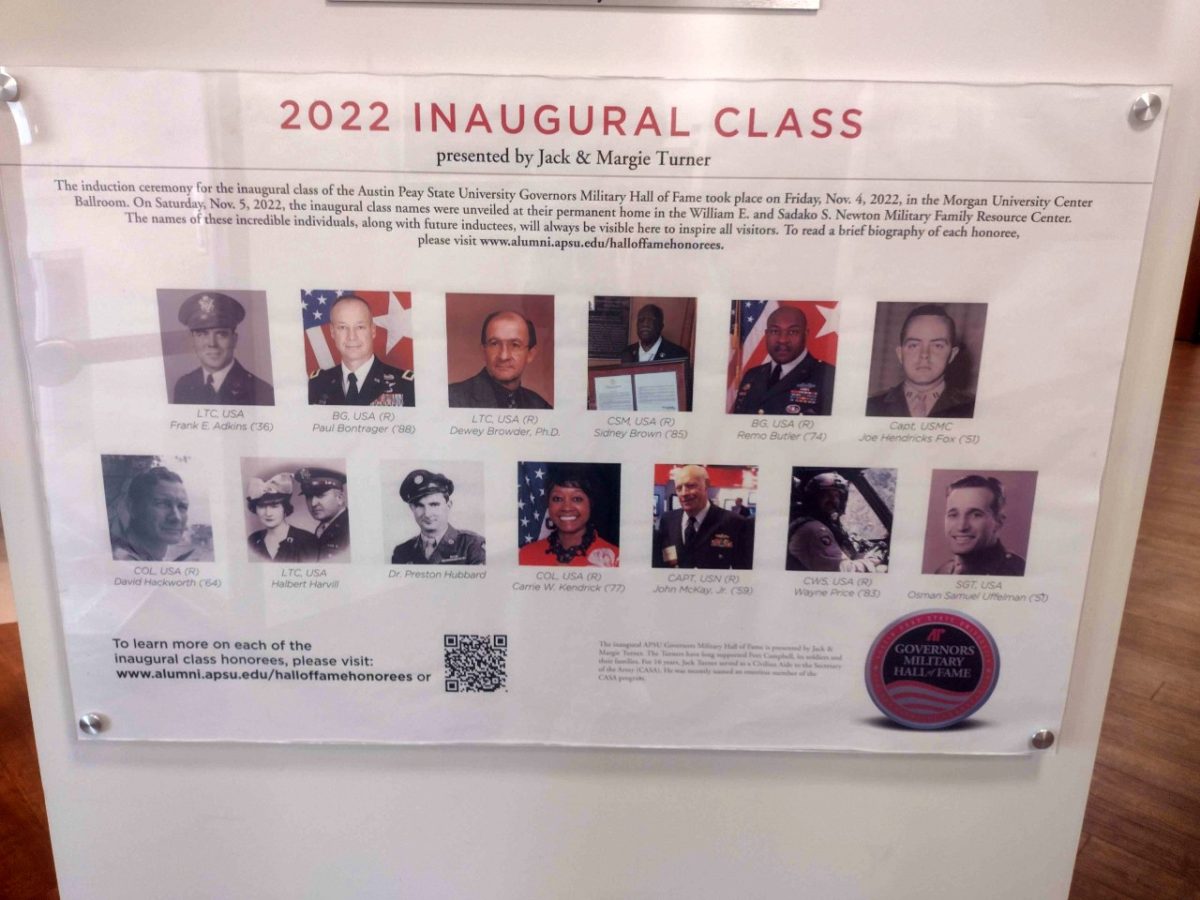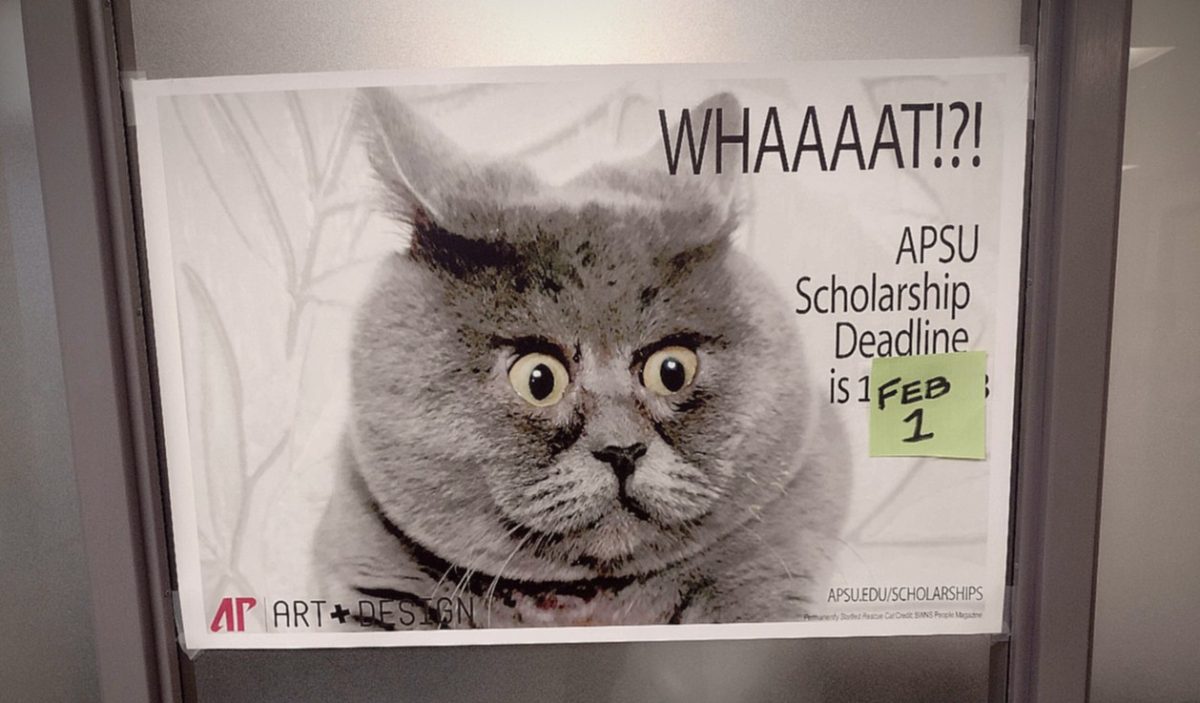So, after last week’s post, we all went back to our rooms and compiled all of the information we feel should go into our resumes, right? Good, because now it’s time to go over how to put it together.
While listening to Buddy Bush of JB Training Solutions last week, she started with some of the crazier things she experienced while working in the hiring business. “I received many left shoes during my time as a recruiting director. They weren’t my size, and I never received pairs. Just one shoe that would come in with a resume.” She said that these shoes were used as a way to say ‘just trying to get my foot in the door.’
Bush also spoke about a time that she had gone to a convention, pregnant, and met a woman there who, months later, sent in a resume attached to a baby onesie. “It wasn’t flattering, it was creepy,” she said, “and the shoes aren’t cute, they’re unprofessional.”
Bush also said that trying to use unusual layouts, like writing in a spiral, or using a complex layout with multiple colors and boxes, can appear unprofessional and should be avoided. This goes for choosing fonts as well, according to Bush. While the exact font you use isn’t crazy important, it should be noted that it needs to be clean, clear and simple. “Don’t spend a lot of time going back and forth over Ariel and Helvetica, but do not attempt to use Comic Sans.”
How then are we supposed to stand out, right? I mean, if we can’t use colors, spirals, fun fonts or shoes to get the recruiting director’s attention, how do we let our personality flag fly?
It goes into the cover letter.
Bush says you should scratch the basic, four-paragraph idea that you’ve got of how a cover letter should be. Ignore the advice you’ve been told your whole life and ditch the notion that your cover letter should look something like this:
Paragraph 1: How I heard about this job
Paragraph 2: Why I want this job
Paragraph 3: Why I’m qualified for this job
Paragraph 4: How I plan to follow up on this job.
Don’t try to rewrite your resume into an essay; take the space you have with the cover letter and show the director who you are. Use a personal anecdote that can be connected to the job you want. If you remember that your fascination with veterinary science began the first time your sibling came home with a bee stinger in their arm and since then you’ve dedicated your life to working with animals, use that. Use this space as a way to introduce you as a person, not you as a statistic. If there’s an accomplishment that you’re extremely proud of but didn’t have room for in your resume, by all means, include it.
The cover letter is your chance to appeal to the actual person within the recruiting director, not just the person with the job.
A word of warning though: try to keep your cover letter at less than 10 sentences. Much like with a resume, a recruiting director is not going to spend the entire day pouring over it, and if it’s a just a long block of text, it might not get any attention at all.
I guess what this all boils down to is that you need to stay professional with your physical resume, but feel free to spice up your cover letter a little. After all, you’ve got to leave some kind of impression, right?






